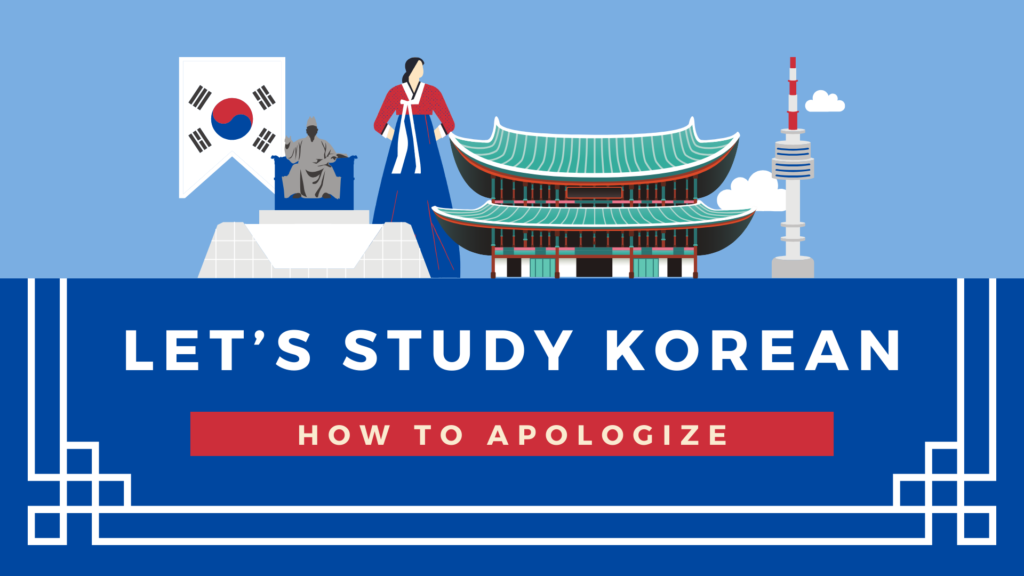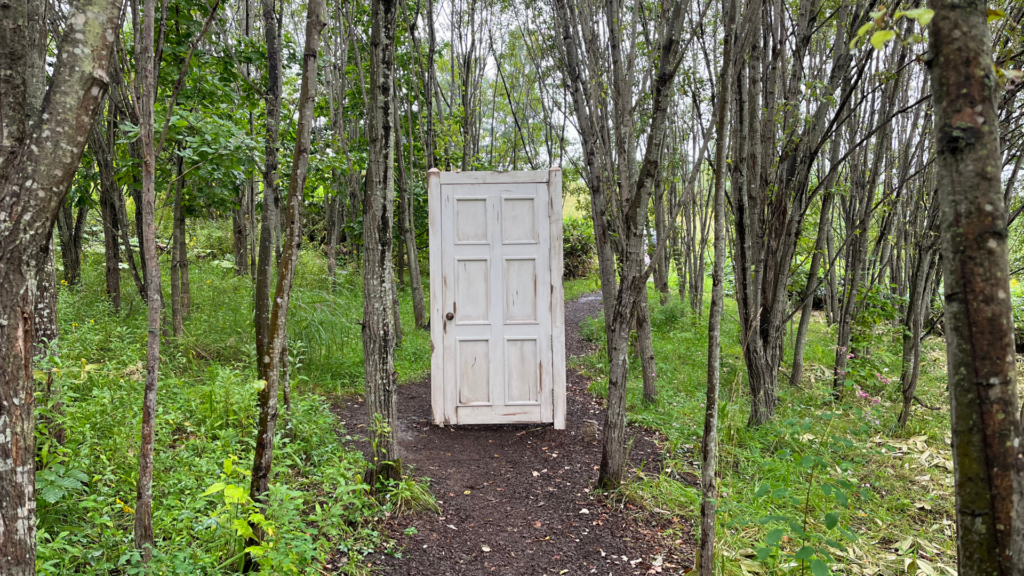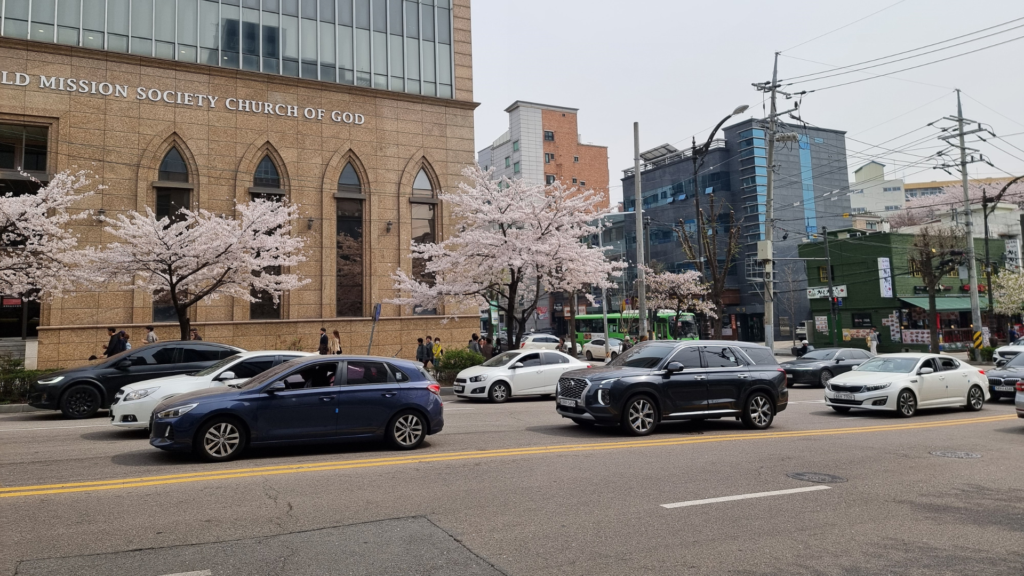In Korean, particles are used to indicate the subject and various complements by attaching them as a suffix to the noun. Thanks to theme and subject particles in Korean, we therefore understand what the role of a given term is in speech, namely, whether it is subject, object, complement of term, etc., without having to resort to the help of simple or articulate prepositions, which do not exist in Korean.
In this article, we will help you identify the subject and teach you how to distinguish between theme and subject particles in Korean sentences. Let us then see how they are used!
Theme and subject particles in Korean (-은/는 and -이/가)
Let us take as an example a very simple sentence, “Hugh eats the apple.” The subject – the one who performs the action – is “Hugh.” However, the particle to be used to mark “Hugh” as the subject is not necessarily a subject particle, but it can also be a theme particle. In fact, the latter is much more often used. The reason is that the subject and the theme – the main subject of speech – almost always coincide. So in the vast majority of cases, the theme particles -은/는 (-eun/neun) will be used to indicate the subject, and only rarely the subject particle -이/가 (-i/ga).
It sounds complicated, but let’s try to go back to our example sentence “Hugh eats the apple.” We can translate it as:
우고는 사과를 먹어요. (Ugoneun sagwareul meogeoyo)
우고 (Hugh) is joined with the theme particle 는. We chose 는 and not 은 because the noun to which the particle attaches ends in a vowel. If it ended in a consonant instead, we would use 은. In the same sentence, it would also be correct to use the subject particle 가, instead of the theme particle 는:
우고가 사과를 먹어요. (Ugoga sagwareul meogeoyo).
In short, the sentence 우고는 사과를 먹어요 (in which we thus use the theme particle 는) can be an answer to the question “What does Hugh do?”
Whereas, the sentence 우고가 사과를 먹어요 (in which we use the subject particle 가) can be an answer to the question “Who eats the apple?”
The difference between the two sentences is that in the first one (in which we use the theme particle 는), the focus is already on Hugh and he is the subject of the discussion. In the second sentence (in which we use the subject particle 가), we are talking about the act of eating apples and we introduce, as a novelty, Hugh eating apples.
In both cases, Hugh is the subject of the sentence, but in the first example he is also the topic of the discussion. The focus here is therefore on Hugh and what he does. In the second example, the topic is eating the apple and Hugh is simply the subject performing the action.
To recap, to indicate the subject in Korean, one can use the theme particle (-은/는) when the subject coincides with the main subject, and the subject particle (-이/가) when the theme and the subject are unrelated to each other.
When it comes to theme, how do you choose between 은 and 는?
If the word to which the particle attaches ends in a consonant, use 은.
If the word to which the particle attaches ends in a vowel, use 는.
When it comes to subject, how do you choose between 이 and 가?
If the word to which the particle attaches ends in a consonant, use 이.
If the word to which the particle attaches ends in a vowel, use 가.
Use of subject and theme particles in Korean sentences
There are some cases in which the theme and subject particles in Korean are both used within the same sentence. It happens with negative nominal predicates and in constructs indicating possession. Let’s look at examples to make it clearer.
Example of negative nominal predicate:
“This is not coffee.” -> 이것은 커피가 아니에요. (igeoseun keopiga anieyo).
For this sentence, in English “this” is the subject, while “coffee” is the noun phrase.
In Korean, we attach the theme particle to “this” – because it is what we are talking about, it is the theme of the sentence. Therefore it becomes 이것은.
In Korean, we attach the subject particle to the noun phrase “coffee” – because it is the subject of the verb which follows it in the negative form. Therefore it becomes 커피+가 plus the negative form 아니에요.
Let’s look at another example:
“I am not Korean.” -> 저는 한국 사람이 아니에요. (jeoneun hanguk sarami anieyo).
For this sentence, in English “I” is the subject while “Korean” is the noun phrase.
In Korean, we attach the theme particles to “I” – because it is what we are talking about, it is the theme of the sentence. Therefore it becomes 저는.
In Korean we attach the subject particle to the noun phrase “Korean” (which translates as “Korean person, 한국 사람”) – because it is the subject of the verb which follows it in the negative form. Therefore it becomes 사람 + 이 plus the negative form 아니에요.
Another case where theme and subject particles in Korean are used within the same sentence is in constructs indicating possession. Note that possession in Korean is not expressed by the verb to have, but by the verb 있다 (itta), which literally means “to be there.” So if I want to say that I have a pen, in Korean I express the concept by saying that “as far as I am concerned, there is a pen,” using the theme and subject particles.
The sentence in Korean then becomes:
저는 펜이 있어요 (jeoneun peni isseoyo)
“I” (저 + 는) is subject of the sentence and “pen” (펜 + 이) is the noun phrase of the verb “to be there” (있어요). All this may seem a bit confusing at first because it is very different from English, but actually, once you understand the mechanism, it becomes natural.
Hopefully this helped you understand how to use theme and subject particles in Korean. There are other Korean particles to express various complements, but don’t worry, you’ve made it past the most difficult part!
In the meantime, we recommend our online Korean course certified by Hanyang University. Click here to register.
For more information on Korean language and culture, keep following the Go! Go! Hanguk blog and feel free to contact us about living and studying in Korea.















